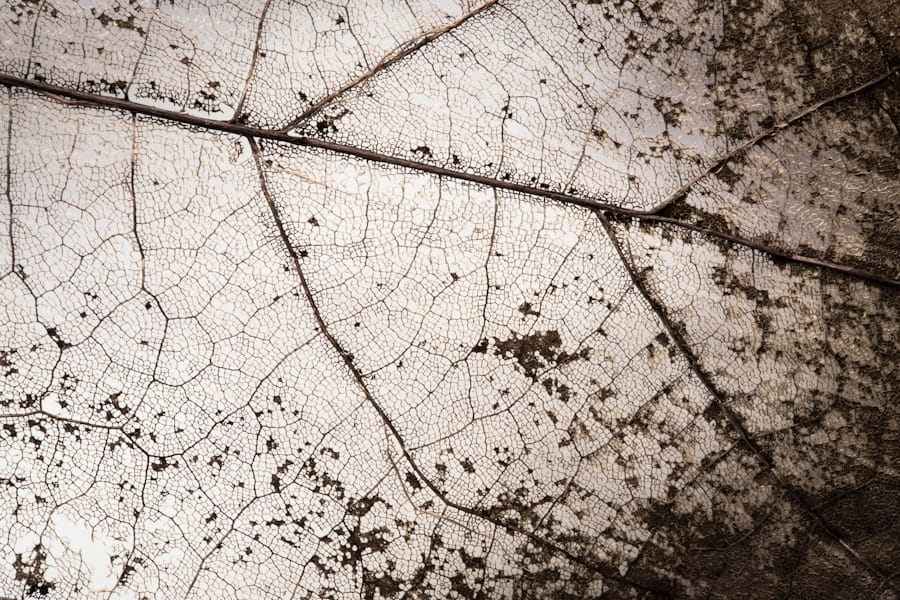Oak trees are a quintessential part of Florida’s diverse ecosystem, contributing significantly to the state’s natural beauty and ecological balance. With over 20 species of oak trees native to the region, these majestic giants can be found in various habitats, from coastal areas to upland forests. The most common species include the Southern Live Oak (Quercus virginiana), the Water Oak (Quercus nigra), and the White Oak (Quercus alba).
These trees are not only valued for their aesthetic appeal but also for their ecological roles, providing habitat and food for numerous wildlife species, including birds, mammals, and insects. In addition to their ecological importance, oak trees hold cultural significance in Florida. They are often associated with historical landmarks and are a common feature in parks and residential areas.
The Southern Live Oak, in particular, is renowned for its sprawling branches and dense canopy, which provide shade and shelter. However, despite their resilience and adaptability, oak trees in Florida face numerous threats from diseases that can compromise their health and longevity. Understanding these diseases is crucial for maintaining the vitality of these iconic trees.
Key Takeaways
- Oak trees are a common sight in Florida and play a vital role in the ecosystem.
- Common oak tree diseases in Florida include fungal, bacterial, and viral infections.
- Fungal diseases like oak wilt and anthracnose can severely affect oak trees in Florida.
- Bacterial infections such as bacterial leaf scorch can also pose a threat to oak trees in the region.
- Early detection and proper management are crucial in preventing and treating oak tree diseases in Florida.
Identification of Common Oak Tree Diseases
Identifying diseases that affect oak trees is essential for effective management and treatment. Oak trees can suffer from a variety of ailments, each presenting distinct symptoms that can help in diagnosis. Common signs of disease include leaf discoloration, wilting, premature leaf drop, and unusual growths such as galls or cankers.
Additionally, the presence of fungi or insects on the bark or leaves can indicate underlying health issues. One of the most prevalent diseases affecting oak trees in Florida is oak wilt, a vascular disease caused by the fungus Ceratocystis fagacearum. This disease can spread rapidly through root grafts between trees and is characterized by wilting leaves that turn brown and fall prematurely.
Another common issue is powdery mildew, which manifests as a white, powdery substance on leaves and stems, often leading to reduced photosynthesis and overall tree vigor. Recognizing these symptoms early can make a significant difference in managing the health of oak trees.
Fungal Diseases Affecting Oak Trees in Florida

Fungal diseases pose a significant threat to oak trees in Florida, with several species of fungi capable of causing severe damage. One of the most notorious is oak wilt, which can decimate entire stands of oak trees if left unchecked. The fungus invades the tree’s vascular system, disrupting water transport and leading to rapid decline.
Symptoms typically begin with the browning of leaves at the tips and edges, progressing to complete leaf drop. Infected trees may also exhibit a characteristic pattern of leaf loss that can be mistaken for drought stress. Another fungal disease affecting oak trees is anthracnose, caused by various species of fungi such as Colletotrichum and Discula.
This disease primarily affects young leaves and shoots, leading to dark lesions that can cause leaf curling and premature drop. While anthracnose is often more of a cosmetic issue than a lethal one, it can weaken trees over time, making them more susceptible to other stressors such as drought or insect infestations. Effective management strategies include proper pruning to improve air circulation and reduce humidity around the tree canopy.
Bacterial Infections in Oak Trees
| Types of Bacterial Infections | Symptoms | Treatment |
|---|---|---|
| Crown Gall | Swelling on stems and roots, stunted growth | Pruning infected areas, using bactericides |
| Bacterial Leaf Scorch | Yellowing and browning of leaves, wilting | Pruning infected branches, using antibiotics |
| Bacterial Canker | Sunken lesions on bark, dieback of branches | Pruning infected branches, using copper-based fungicides |
Bacterial infections are another category of diseases that can impact oak trees in Florida. One notable bacterial disease is bacterial leaf scorch, caused by the bacterium Xylella fastidiosa. This pathogen affects the tree’s vascular system, leading to symptoms similar to those seen in oak wilt.
Leaves may exhibit marginal necrosis, where the edges turn brown while the interior remains green. Over time, this condition can lead to significant decline and even death if not addressed promptly. Another bacterial issue is crown gall, caused by Agrobacterium tumefaciens.
This bacterium induces tumor-like growths on the roots and stems of infected trees. While crown gall does not typically kill oak trees outright, it can weaken them significantly and make them more vulnerable to other diseases and environmental stresses. Management of bacterial infections often involves cultural practices such as ensuring proper drainage around tree roots and avoiding mechanical injury to the bark that could provide entry points for pathogens.
Viral Diseases in Oak Trees and their Symptoms
Viral diseases are less common in oak trees compared to fungal and bacterial infections; however, they can still pose a threat to their health. One example is the Oak Leaf Curl Virus (OLCV), which causes distinctive curling and distortion of leaves. Infected leaves may also exhibit yellowing or mottling patterns that can be mistaken for nutrient deficiencies or other stress factors.
The impact of viral infections on oak trees can vary widely; some trees may show only mild symptoms while others may experience significant decline. Another viral disease affecting oaks is the Oak Mosaic Virus (OMV), which leads to mottled leaf patterns and stunted growth. While these viruses do not typically result in immediate death, they can compromise the tree’s overall vigor and make it more susceptible to secondary infections or environmental stressors.
Management strategies for viral diseases are limited since there are no effective chemical treatments available; therefore, maintaining healthy growing conditions is paramount.
Preventative Measures and Management of Oak Tree Diseases

Preventative measures play a crucial role in managing oak tree diseases effectively. One of the most important strategies is ensuring proper cultural practices that promote tree health. This includes selecting appropriate planting sites with well-drained soil and adequate sunlight exposure.
Regular watering during dry spells can help mitigate stress on young trees, while mulching around the base can conserve moisture and suppress weeds. Pruning is another essential practice that not only improves air circulation but also removes dead or diseased branches that could harbor pathogens. It is vital to use clean tools when pruning to prevent the spread of diseases from one tree to another.
Additionally, monitoring for signs of pests or diseases regularly allows for early intervention before problems escalate. Implementing integrated pest management (IPM) strategies can also help control insect populations that may transmit diseases.
Importance of Early Detection and Treatment
The importance of early detection in managing oak tree diseases cannot be overstated. Many diseases exhibit symptoms that may initially seem benign but can quickly escalate into severe health issues if not addressed promptly. For instance, oak wilt can spread rapidly through root systems; therefore, identifying infected trees early allows for timely removal or treatment to prevent further spread to neighboring oaks.
Regular inspections by knowledgeable arborists or tree care professionals can aid in identifying potential problems before they become critical. Homeowners should also educate themselves about common symptoms associated with oak tree diseases so they can act quickly if they notice any changes in their trees’ health. Early intervention not only saves individual trees but also protects entire ecosystems from the cascading effects of tree loss.
Conclusion and Recommendations for Maintaining Healthy Oak Trees in Florida
Maintaining healthy oak trees in Florida requires a proactive approach that encompasses understanding potential threats from diseases as well as implementing effective management strategies. Homeowners should prioritize regular inspections of their oak trees for any signs of distress or disease symptoms. Engaging with local extension services or certified arborists can provide valuable insights into specific threats prevalent in their area.
In addition to monitoring for diseases, fostering overall tree health through proper watering, mulching, and pruning practices is essential. Planting disease-resistant varieties when possible can also contribute to a more resilient landscape. By taking these steps, individuals can help ensure that Florida’s iconic oak trees continue to thrive for generations to come, preserving both their ecological significance and cultural heritage within the state.
If you are dealing with oak tree diseases in Florida, it is essential to ensure proper tree maintenance to prevent further spread of the disease. Expert tree trimming services in Jacksonville can help keep your trees healthy and beautiful. Black Creek Tree Company offers professional tree trimming services that not only enhance the aesthetic appeal of your property but also promote tree health. By regularly trimming your trees, you can prevent the spread of diseases and ensure the longevity of your oak trees. To learn more about the benefits of tree trimming services in Jacksonville, visit here.

